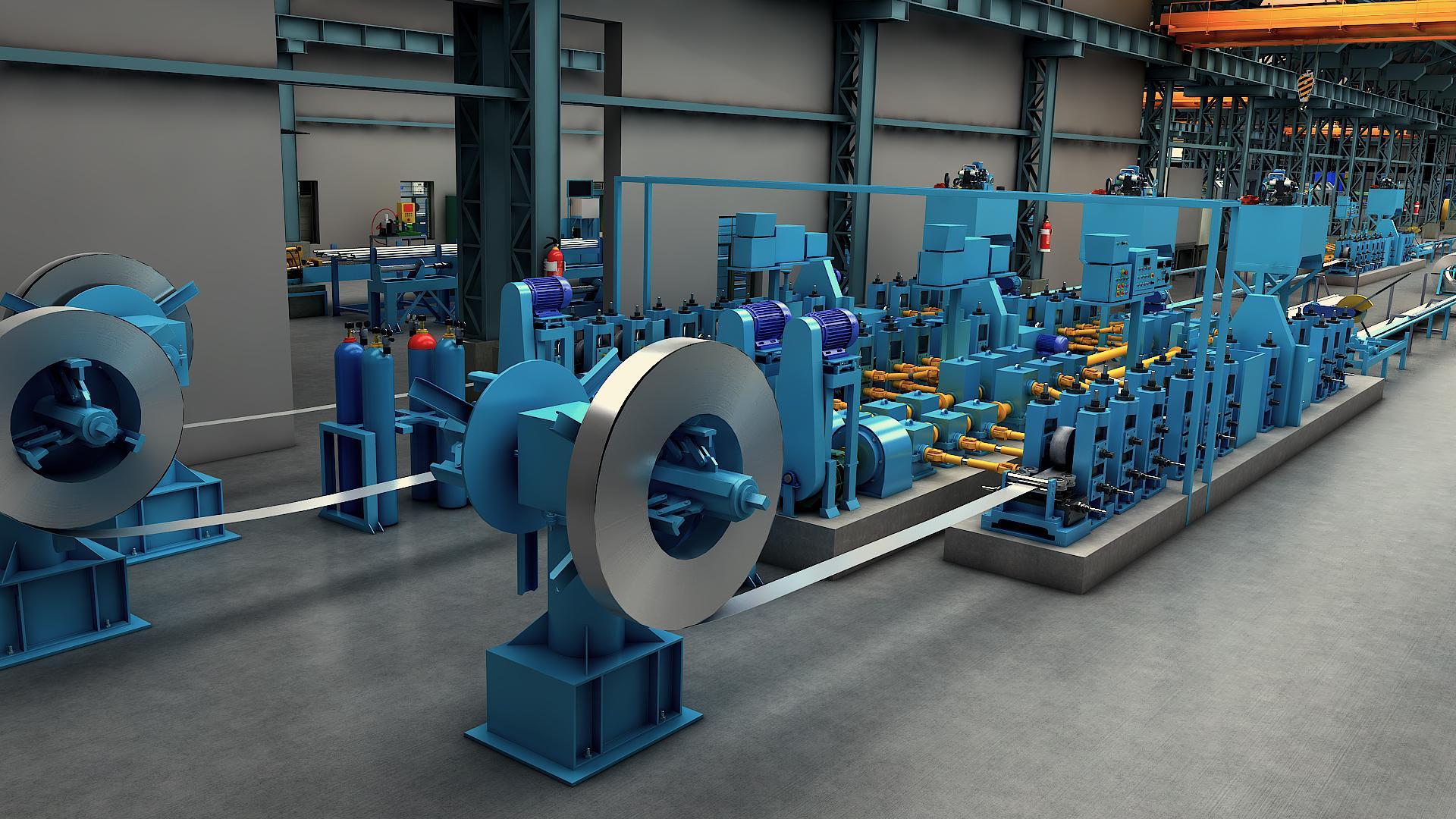Tired of hearing noise from other rooms?
Hearing unwanted noise from other rooms can be incredibly distracting—especially when you’re trying to work, take a meeting, or simply concentrate. Whether it's voices, footsteps, or the sound of office equipment, background noise can hurt focus, reduce productivity, and create stress.
If you're wondering how to stop hearing noise from other rooms, the answer lies in both smart soundproofing and workspace design. In this guide, we’ll walk you through practical, affordable, and modern solutions—including the use of sound proof meeting pods and standing desk use—to help you create a quieter, more productive space.
Why Office Noise Is a Growing Problem
Open floor plans, thin walls, and hybrid work setups have made office noise worse than ever. You may hear:
-
Conversations from next door
-
Meeting rooms in use
-
Footsteps in hallways
-
Printers or coffee machines
-
Conference calls or video meetings
This noise doesn’t just irritate—it kills productivity. Studies show that frequent interruptions from noise can reduce cognitive performance by as much as 66%.
That’s why soundproofing isn’t just a luxury. It’s essential for focus, mental health, and business performance.
Step 1: Install Sound Proof Meeting Pods
One of the best solutions to block noise is using sound proof meeting pods. These enclosed, pre-fabricated pods are designed with multi-layered acoustic insulation that keeps sound from coming in—or getting out.
Why They Work:
-
Thick, sound-absorbing materials block external noise
-
Airtight seals on doors and windows prevent sound leaks
-
Internal acoustic foam reduces echo and improves clarity
-
Pods come with built-in ventilation and lighting for comfort
You can place these pods anywhere in your office—no construction required. Use them for:
-
Focused solo work
-
Private calls or Zoom meetings
-
Small team discussions
-
Confidential HR conversations
Pods are the quickest way to eliminate noise from other rooms.
Step 2: Use Acoustic Panels and Foam
If pods aren’t an option, consider applying acoustic panels to your walls and ceilings. These panels absorb sound waves and reduce the echo that allows noise to travel.
Best Places to Install Panels:
-
Shared walls between rooms
-
Behind desks or workstations
-
Conference room ceilings
-
Doors or glass partitions
You can also use corner bass traps, acoustic foam tiles, or upholstered wall coverings. Many of these come in modern designs that double as décor.
Step 3: Block Gaps in Doors and Windows
Sound travels through even the smallest cracks in doors and windows. Sealing these gaps is a simple, cost-effective way to reduce noise transfer.
Tools You Can Use:
-
Door sweeps and weather stripping
-
Acoustic door seals
-
Soundproof curtains or heavy drapes
-
Double- or triple-pane windows
-
Window inserts for extra insulation
This is especially important if your office is near noisy common areas like kitchens, hallways, or restrooms.
Step 4: Rearrange Furniture to Absorb Sound
Your furniture can double as a noise barrier. Strategically placing soft furnishings between rooms helps reduce sound transmission.
Ideas to Try:
-
Place bookshelves along shared walls
-
Use high-backed chairs or partition panels
-
Add area rugs or carpet tiles
-
Use fabric-covered cubicles
-
Fill empty corners with plants or sound-absorbing décor
This can help soften echoes and create quieter zones—even in open-plan offices.
Step 5: Use White Noise Machines or Sound Masking
Sometimes, the best way to deal with noise is to mask it with neutral sound.
White noise machines produce a consistent background hum that helps block out other sounds. More advanced sound masking systems can be installed in ceilings to subtly reduce speech and noise distractions throughout the workspace.
They don’t cancel noise—they just make it less noticeable and less irritating.
Step 6: Promote Standing Desk Use for Movement Management
You might not think standing desk use affects noise—but it does. Here’s how:
-
Reduces the sound of chairs scraping on the floor
-
Encourages smoother transitions between tasks
-
Helps workers move more mindfully
-
Minimizes fidgeting, tapping, and restless noises
-
Keeps energy up during long workdays, reducing slouching and shifting
Standing desks, when used with soft floor mats and ergonomic accessories, create a more stable, quiet, and health-focused environment.
Explore the benefits of standing desks at Pacific Ergo.
Step 7: Isolate Noisy Equipment
Sometimes the problem isn’t voices—but devices.
Printers, shredders, HVAC units, and coffee machines create a constant hum that travels through walls. Move these to a separate utility or break room, away from working areas.
You can also place noisy devices on anti-vibration pads or inside acoustic enclosures to reduce mechanical noise.
Step 8: Create Quiet Zones or Focus Rooms
Designate specific rooms as quiet zones for deep work or calls. These rooms should have:
-
Solid-core doors
-
Soundproof insulation
-
Acoustic furniture
-
Minimal foot traffic
Encourage a “no-talking” policy or “library mode” in these areas. For smaller offices, pods can serve this function perfectly.
Step 9: Encourage Noise Etiquette in the Workplace
Even with the best tools, noise management requires cooperation. Set clear guidelines for team behavior.
Sample Rules:
-
Take calls in designated rooms or pods
-
Use headphones for music or videos
-
Keep voices low in shared areas
-
Mute devices when not in use
-
Avoid speakerphone in open spaces
Combine this with layout improvements, and you’ll have a culture of quiet that respects everyone’s productivity.
Step 10: Consider Flooring and Ceiling Treatments
Sound doesn’t just travel through walls—it moves through floors and ceilings too. If your office has tile, laminate, or hardwood floors, sound bounces and spreads fast.
Try These Fixes:
-
Install carpet tiles or rugs in high-traffic areas
-
Use acoustic ceiling tiles or baffles
-
Add drop ceilings with sound-absorbing material
-
Use cork or rubber underlays below flooring
These upgrades not only reduce noise—they also add visual warmth and texture.
Conclusion
If you're tired of hearing noise from other rooms, you're not alone. Whether you're working in an office, a home workspace, or a shared environment, sound control is critical for focus, comfort, and performance.
By combining smart strategies—like sound proof meeting pods, acoustic treatments, layout changes, and standing desk use—you can finally enjoy the peace you need to do your best work.








